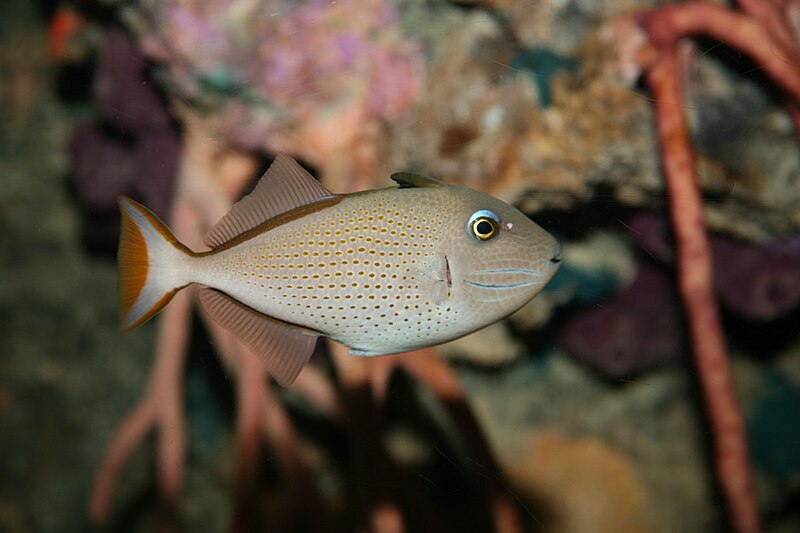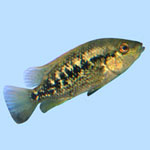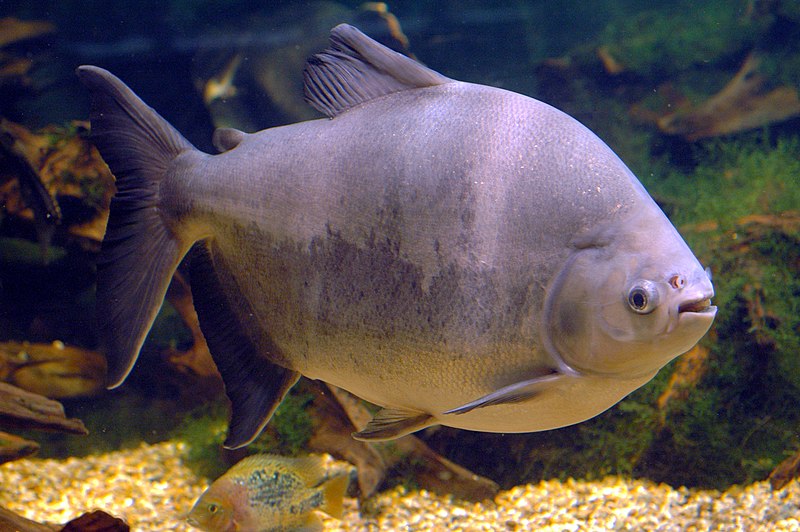 Whether you consider yourself a fish person or not, it may be easy to be enticed into the aquarium hobby when you see the array of beautiful fish and aquariums available for today’s enthusiast. But setting up an aquarium isn’t something to make an impulsive decision about, especially if you’re not experienced. There are several aspects to consider if you want to do it and be successful.
Whether you consider yourself a fish person or not, it may be easy to be enticed into the aquarium hobby when you see the array of beautiful fish and aquariums available for today’s enthusiast. But setting up an aquarium isn’t something to make an impulsive decision about, especially if you’re not experienced. There are several aspects to consider if you want to do it and be successful.
So what do you think about first, the tank or the fish? These are obviously both important considerations.
Before you even think about the kind of fish you’d like, it may be best to consider what you have the space and time for. If you rent, first find out if you are permitted to keep a larger aquarium or an aquarium of any size for that matter in your space. If you’re living in a tiny apartment, you may not want to allocate a big chunk of your living area to a bulky aquarium and all of the equipment that comes along with the set-up. If you determine that you have the perfect space for a tank to occupy you can look into the shape and size you might want to keep.
Time is another consideration. Successful aquariums require time for regular maintenance and care, and they are meant to be looked at and enjoyed, so you may not get as much out of the investment if you travel a lot or are constantly on the go. While fish can be lower maintenance than other pets, they will still need to be fed and the water quality will need to be monitored with routine water changes performed when necessary.
 Your budget should also play a big role in the decision. How much do you want to spend and how much can you afford to spend? An aquarium and all the equipment to go along with it can be a big financial investment. Once you’re set up is up and running you also have to consider the cost of the inhabitants, food and other supplies that will be needed over time such as new light bulbs for the hood, new filter media and cartridges, water treatments/supplements that you may need for the livestock you keep. It’s a good idea to calculate these costs ahead of time so you have an idea what you might spend, say for the first year, just on the basics.
Your budget should also play a big role in the decision. How much do you want to spend and how much can you afford to spend? An aquarium and all the equipment to go along with it can be a big financial investment. Once you’re set up is up and running you also have to consider the cost of the inhabitants, food and other supplies that will be needed over time such as new light bulbs for the hood, new filter media and cartridges, water treatments/supplements that you may need for the livestock you keep. It’s a good idea to calculate these costs ahead of time so you have an idea what you might spend, say for the first year, just on the basics.
Once you’ve considered all of these things and you’re ready to purchase your tank, it’s time to research what fish or inverts you want to put into it, their behaviors, and their requirements in a tank. Visit local fish stores or browse online suppliers to see what’s available and what they require as far as space and care. You may be drawn to saltwater fish or African Cichlids, but is your tank big enough to support the fish you like once they reach mature size? Will territorial fish have the space they need? You may want a colorful reef, but can you afford the lighting, salt, live rock and other supplies necessary to support the corals you adore? Before you make the final decision on your investment be sure you’re prepared to provide an ideal environment for the fish you love.
The type of fish you choose may be influenced by your personality. Casual keepers may choose goldfish or assorted tropicals like tetras, barbs and rainbows to form an active, colorful community. More dedicated individuals may choose to keep uncommon species or those known for unique behaviors to observe and breed or a complex reef teeming with fish and invertebrates. Once you dive into the aquarium hobby there are so many paths to take! Talk to other hobbyists so you know what you’ll need and what you can expect, you may find eventually find yourself with multiple aquariums, like may hobbyists do.
If you’re ready to start, but you’re not ready for a big leap, consider a betta in a bowl or another small set up to start with. A small tank can give you a little experience and help you to develop the habits you’ll need when you’re ready to go bigger.
Sargassum Triggerfish image referenced from wikipedia and originally posted by Cliff
 Hello, Frank Indiviglio here. In 2001, I wrote a book about the Natural History and Care of Seahorses. As I intended, many readers were discouraged, due to the demands involved in their care and the fragile state of wild populations. Today, I am happy to report that captive-born individuals of several species are regularly available, and that the task of feeding them (a major stumbling block) has been greatly simplified. Still, they are not ideal for every aquarist. Following are some important points to consider before you decide to keep these intriguing but challenging fishes.
Hello, Frank Indiviglio here. In 2001, I wrote a book about the Natural History and Care of Seahorses. As I intended, many readers were discouraged, due to the demands involved in their care and the fragile state of wild populations. Today, I am happy to report that captive-born individuals of several species are regularly available, and that the task of feeding them (a major stumbling block) has been greatly simplified. Still, they are not ideal for every aquarist. Following are some important points to consider before you decide to keep these intriguing but challenging fishes.  That Fish Blog – Aquarium Advice and Information
That Fish Blog – Aquarium Advice and Information





